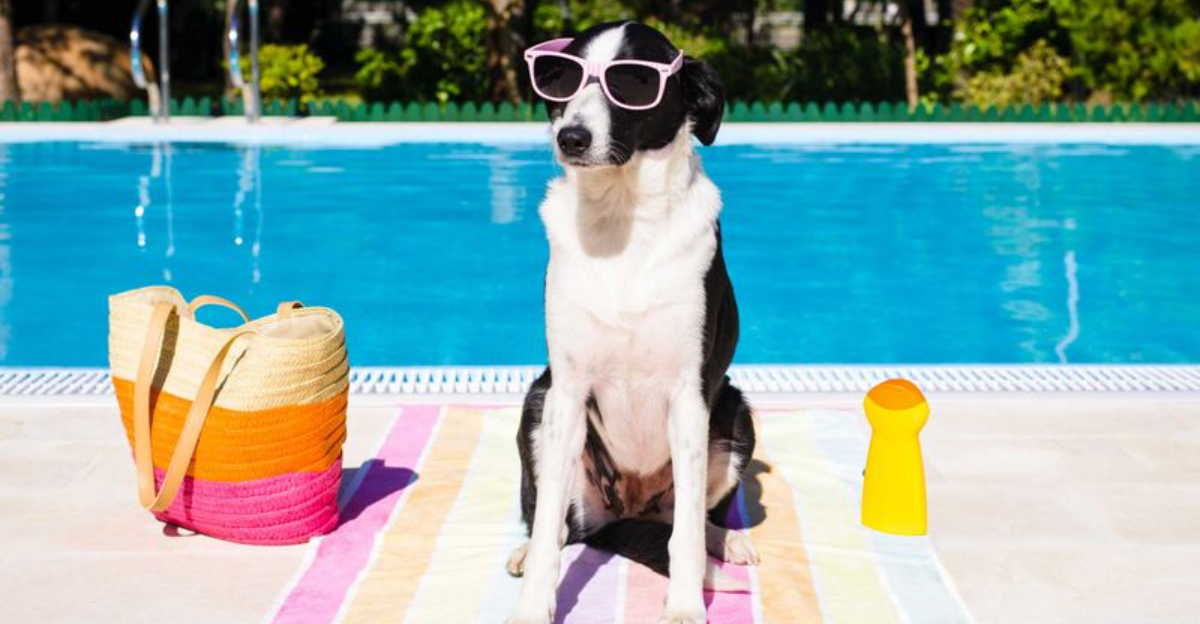Florida’s sunshine can be a little too much for our furry friends. Just like us, dogs can get sunburned—especially those with short fur, light coats, or sensitive skin.
Whether they’re soaking up the sun at the beach or enjoying a backyard romp, it’s easy for our pups to end up with a sunburned nose or belly.
Let’s make sure your four-legged family member stays safe from those harsh rays and has fun in the sun without the burn!
1. Limit Sun Exposure During Peak Hours
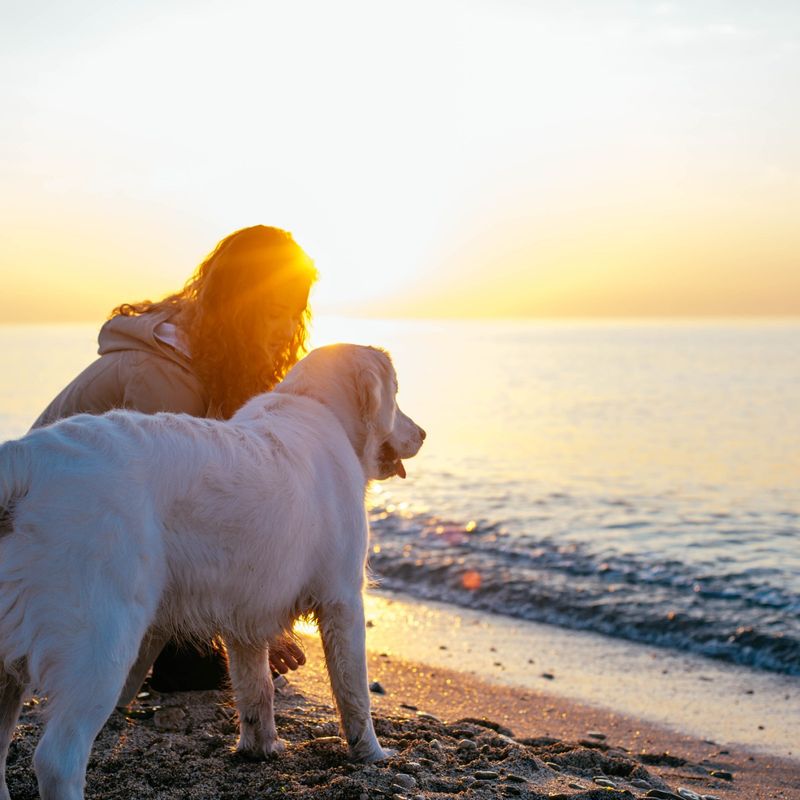
Morning walks are our secret weapon! Plan outdoor adventures before 10 AM or after 4 PM—when the sun isn’t actively trying to fry everything it touches. The UV rays are most intense between 10 AM and 4 PM—exactly when you should keep your pup indoors.
Florida’s midday sun is no joke. Even on cloudy days, those sneaky UV rays can pass through and cause damage. My neighbor’s White Boxer got a nasty burn on what seemed like a harmless, cloudy afternoon.
Remember that dogs don’t understand sun danger. It’s entirely up to us to manage their exposure and protect them from painful burns that can lead to more serious issues down the road.
2. Use Dog-Safe Sunscreen Products
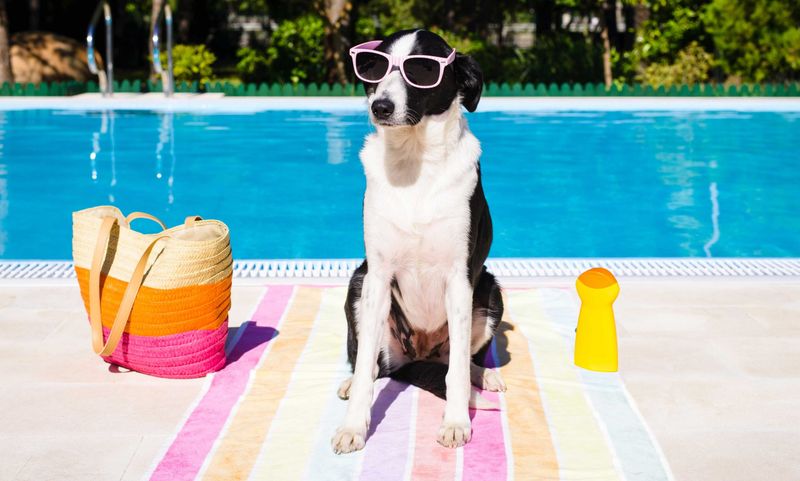
Human sunscreen can poison your pup! Many contain zinc oxide or para-aminobenzoic acid (PABA), which are toxic if licked—and let’s face it, dogs lick everything. Instead, grab specially formulated canine sunscreens from pet stores or your vet.
Apply sunscreen to exposed areas like the nose, ear tips, belly, and any spots with thin fur. My vet recommends waiting 15 minutes after application before letting your dog outside to ensure proper absorption.
Reapply every 4-6 hours or after swimming. I learned this lesson the hard way when Baxter’s pink nose turned lobster-red after our day at Dog Beach despite morning application. Now I set phone reminders for reapplication times.
3. Provide Plenty Of Water To Prevent Dehydration
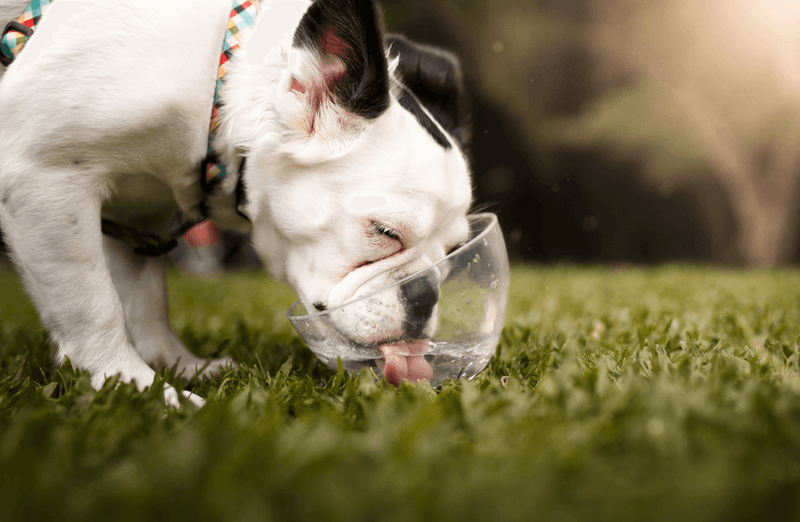
Dehydration makes sunburn worse! When dogs get thirsty, their skin becomes more vulnerable to UV damage. I keep collapsible water bowls everywhere—my car, backpack, beach bag—you name it.
Florida’s humidity tricks many pet parents into thinking their dogs need less water. Wrong! The heat actually increases hydration needs. Add ice cubes to your dog’s water bowl for a refreshing treat that encourages drinking.
Watch for signs of dehydration: dry gums, excessive panting, or lethargy. A quick test: gently pinch your dog’s skin—if it doesn’t snap back immediately, your pup needs water ASAP. During the hottest months, adding a splash of low-sodium chicken broth to a dog’s water can encourage them to drink more.
4. Create Shady Retreats In Your Yard
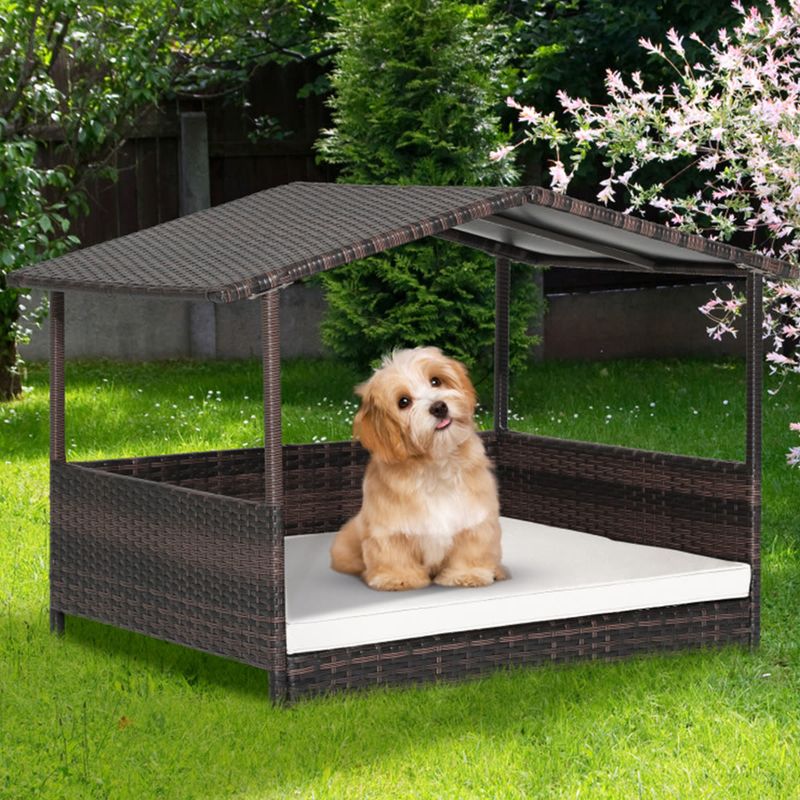
Trees aren’t just pretty—they’re lifesavers for sun-sensitive pups! My backyard transformation started with strategically placed umbrellas and a pop-up canopy that follows the sun’s movement throughout the day.
Consider installing shade sails over your dog’s favorite outdoor lounging spots. These affordable fabric covers block up to 95% of harmful UV rays while still allowing airflow. For extra cooling, I placed a kiddie pool under our mango tree—Baxter’s personal oasis during scorching afternoons.
Portable shade options work wonders for beach trips or park outings. Invest in a dog-specific tent or canopy that sets up in minutes. Your furry friend will naturally seek shade when overheated, so make sure it’s always available wherever your adventures take you.
5. Avoid Hot Pavement That Burns Paws

Florida asphalt can reach 145°F—hot enough to fry an egg or seriously burn your dog’s paw pads! The seven-second rule saved us countless times: place your palm on the pavement for seven seconds—if it’s too hot for you, it’s definitely too hot for furry feet.
Walk on grass or dirt paths whenever possible. Early morning walks give pavement time to cool down from the previous day’s heat. For unavoidable hot surfaces, dog booties provide excellent protection despite the hilarious walking-in-socks dance they might trigger initially.
After accidentally walking my dog Baxter across a scorching parking lot last summer (worst dog mom moment #37), I started keeping a fold-up wagon in my trunk. Now, when the pavement’s too hot, he hops in for a royal ride across the danger zones.
6. Give Extra Protection To Light-Colored Dogs

White and cream-colored pups are basically walking sunburn magnets in Florida! Their fair skin lacks natural melanin protection, making them especially vulnerable to harmful rays. My neighbor’s White Boxer developed skin cancer at just four years old from sun exposure.
Pink noses, ear tips, and belly skin need obsessive protection. Apply pet-safe sunscreen more frequently to these dogs, focusing on those pink areas where skin shows through the fur. Consider protective clothing that covers larger body areas rather than trying to sunscreen their entire body.
Albino dogs and breeds like Bull Terriers, Dalmatians, and white Boxers need the most vigilant sun protection. If you’re adopting a light-colored dog in Florida, be prepared for this additional responsibility—their sensitive skin requires year-round attention in our sunshine state.
7. Brush and Groom Regularly For Natural Protection

Regular brushing isn’t just about keeping your dog Instagram-ready—it’s crucial sun protection! Proper grooming removes loose fur and prevents matting that can expose sensitive skin to harmful rays. I brush Baxter twice weekly year-round, increasing to daily sessions during summer months.
Never shave double-coated breeds like Huskies or Golden Retrievers completely down, even in Florida heat. Their undercoat actually works as natural insulation against both heat AND sunburn. Instead, a professional groomer can thin the coat appropriately without removing this built-in protection.
Consider your dog’s natural coat design before any summer haircut. Some breeds evolved with specific fur patterns to protect vulnerable areas from sun damage. When in doubt, consult your veterinarian about the right grooming approach for your specific dog’s breed and skin type.
8. Dress Your Dog In UV-Protective Clothing

Doggy fashion isn’t just cute—it’s practical sun armor! UV-protective shirts designed specifically for dogs block harmful rays while keeping them cool. Look for items with UPF 50+ ratings that cover the back, chest, and abdomen where sun exposure is highest.
Lightweight, breathable fabrics prevent overheating while still providing protection. After my Australian Shepherd mix got sunburned along his back during a fishing trip, I invested in several rash guard-style shirts that changed our outdoor life.
Don’t forget head protection! Dog-specific hats and visors shield sensitive eyes and ears from direct sunlight. While Baxter initially gave me serious side-eye about his new sun hat, a few treats convinced him that fashion-forward sun protection was worth the slight indignity. Now he trots proudly in his UV gear.
9. Monitor for Signs Of Sunburn And Heat Stress

Red skin isn’t the only sunburn warning sign! Check your dog’s skin regularly during Florida outings, especially on the nose, ear tips, and belly. If areas feel warm to touch or appear pinker than usual, get into shade immediately.
Excessive panting, drooling, or reluctance to move can indicate both sunburn and heat stress. Last summer, I noticed Baxter licking his paw pads obsessively after a brief park visit—turns out the hot ground had caused minor burns I hadn’t initially spotted.
For serious sunburns (skin is very red, blistered, or your dog seems in pain), call your vet immediately. While waiting, apply cool compresses to the affected areas. Never use human after-sun products containing lidocaine or aloe with alcohol, which can be toxic if licked. Prevention is always easier than treatment!
10. Apply Special Protection To Snouts And Ears
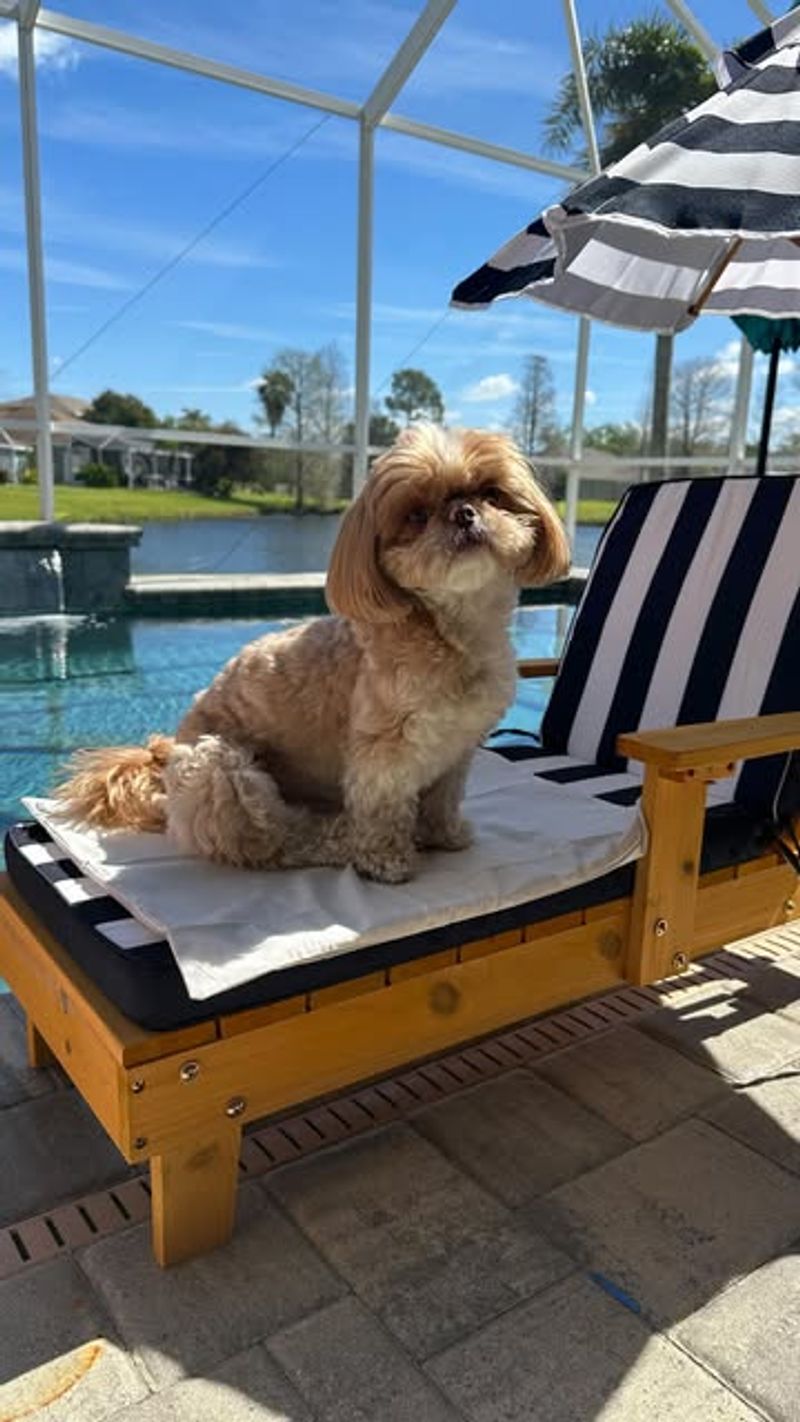
Doggy noses and ears get scorched faster than anything else! These delicate areas have thinner skin with minimal fur coverage. I apply specially formulated nose balms with SPF protection to Baxter’s snout before every outdoor adventure—even quick potty breaks during peak sun hours.
Ear tips require extra attention, especially in dogs with upright ears like German Shepherds. The cartilage has minimal blood flow, making healing difficult if burned. A thin layer of dog-safe sunscreen on ear edges provides crucial protection.
Consistency is key! Create a pre-outdoor routine that includes applying protection to these vulnerable spots. After Baxter’s ear tips got sunburned during a boat trip, I hung his sunscreen right by the leash as a visual reminder. Now it’s automatic—no leash without nose and ear protection first.
